A United Airlines Boeing 777 dove toward the sea shortly after departure from Hawaii in December last year, and the NTSB just explained why.
It was a very widely reported incident. It happened shortly before much of the press identified a rise in aviation incidents a few months ago, raising doubts over aviation safety in the United States. Various sources raised questions about the training of pilots and/or air traffic controllers, or the importance of flight experience of new air transport pilots.
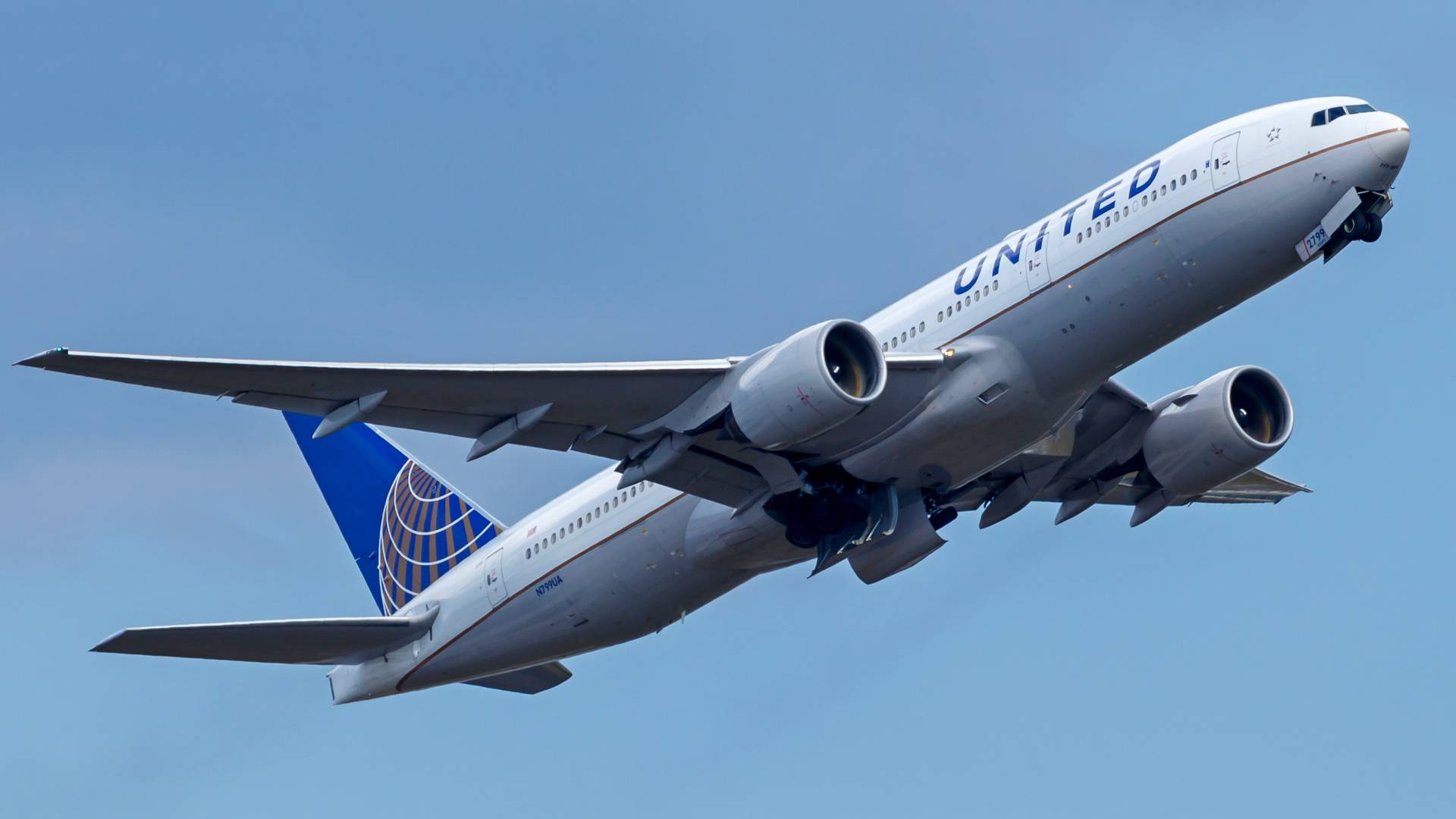
We looked at the details of this event when it first became public, here. The Air Current was the first to publish it, using ADS-B data from FlightRadar24. Various news outlets later published passenger accounts of the event as well.
It involved United Airlines flight UA-1722, which departed from Kahului Airport (PHOG) in Hawaii. The flight’s destination was San Francisco International (KSFO). The incident happened on Monday the 18th of December, 2022. We now know that there were 281 people on board the flight.
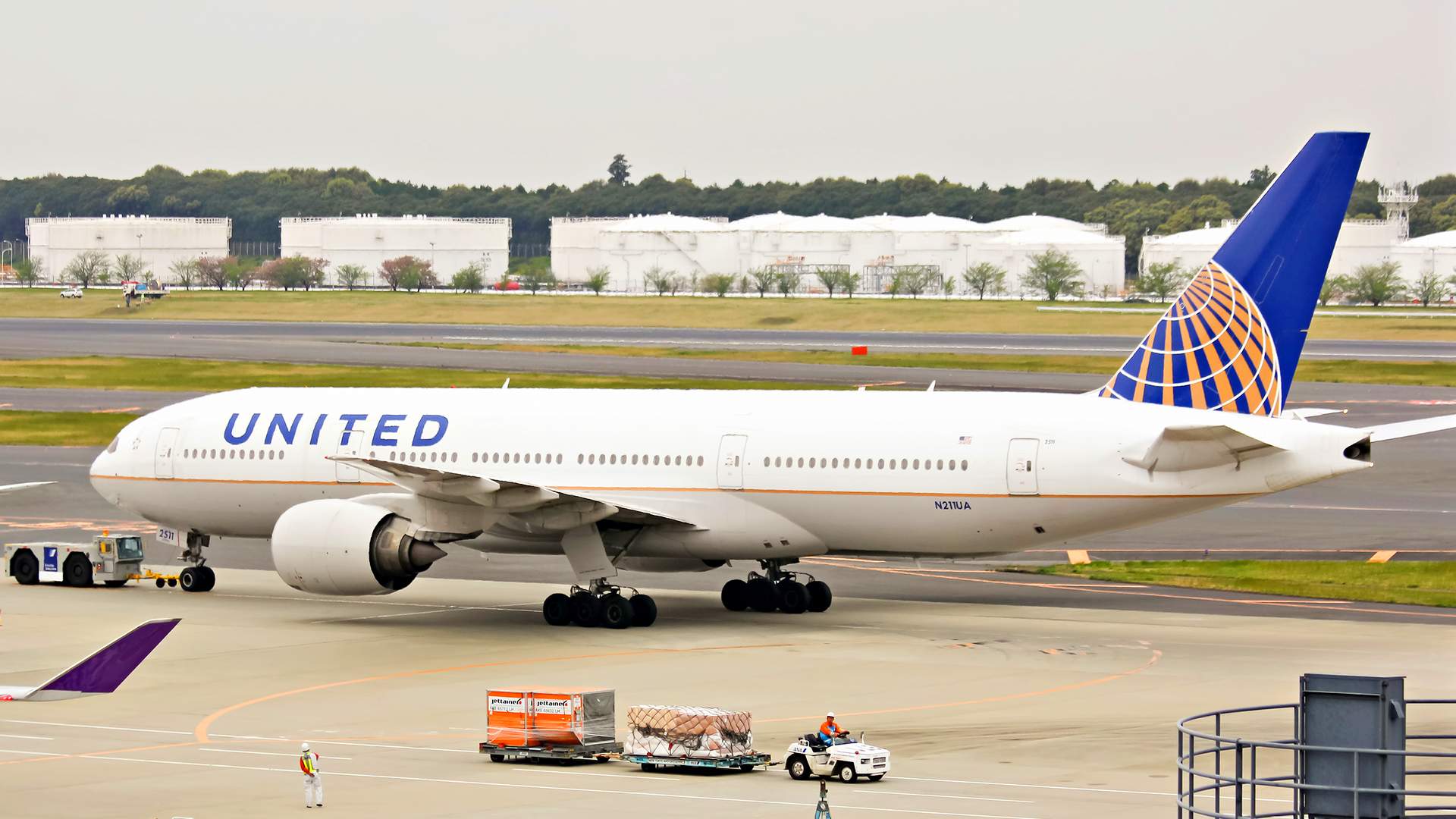
According to the NTSB, the incident took place about a minute after the United 777 took off from runway 2 in Kanului. The aircraft maintained runway heading but stopped climbing as it reached just 2,082 feet. It then reached a decent rate of well over 8,000 feet per minute.
United 777 Dive – NTSB Investigation
Unfortunately, by the time the FAA and the NTSB became aware of the incident, data from the cockpit voice recorder and flight data recorder of the United 777 had long been overwritten. However, the airline had saved some flight data, which it submitted to the FAA and the NTSB.
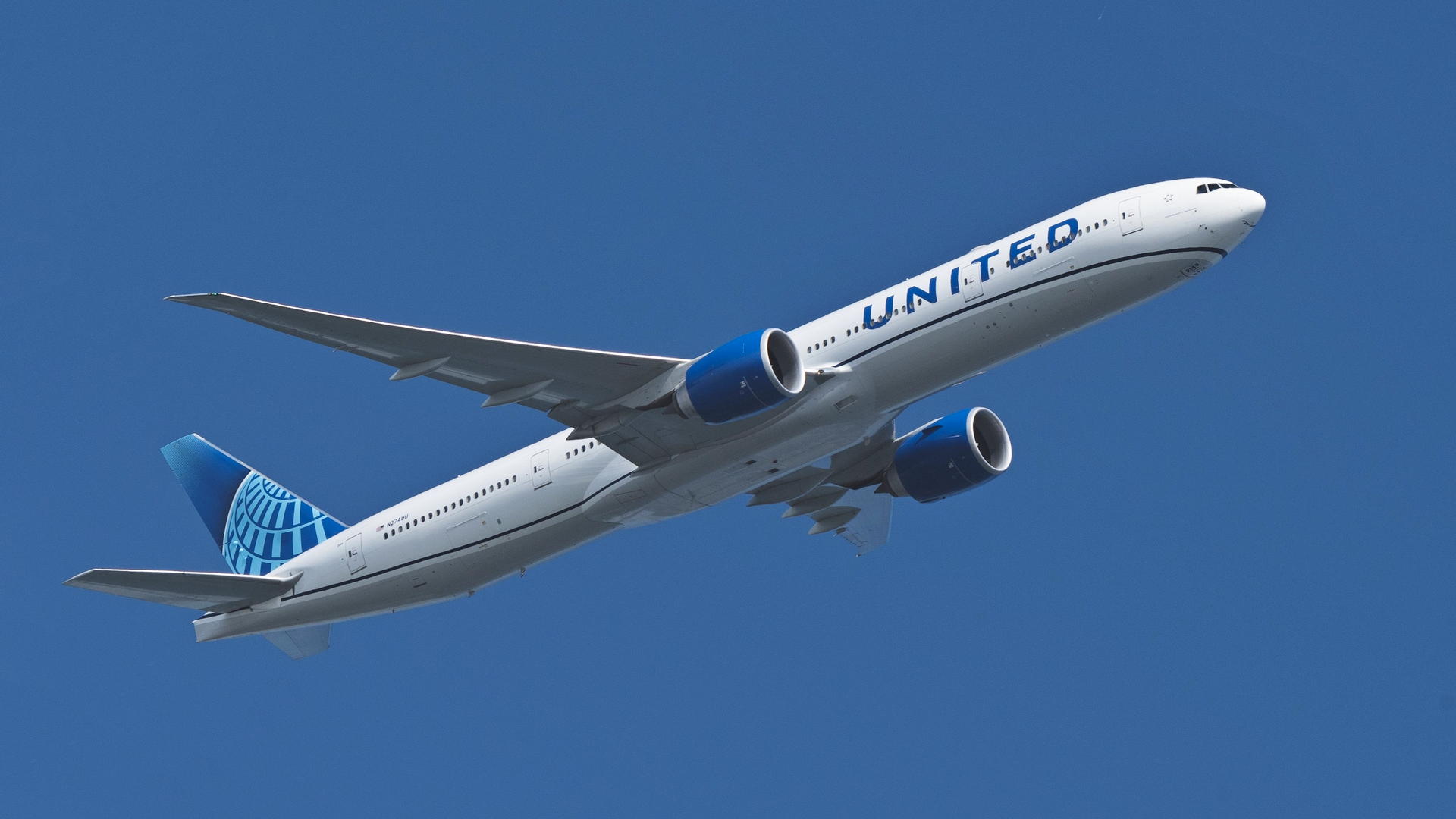
The airline could do this because the flight’s pilots had submitted reports on the event, after arriving in San Francisco. The United 777 pilots later submitted lengthy statements to the NTSB. Between these statements and the flight data, a better picture of what caused the incident has now emerged.
The NTSB investigation reveals that the United flight crew had a miscommunication about flap settings, during the climb of their 777 out of Hawaii. They were departing in bad weather and had originally decided on a departure with Flaps 20 (degrees) and reduced thrust.
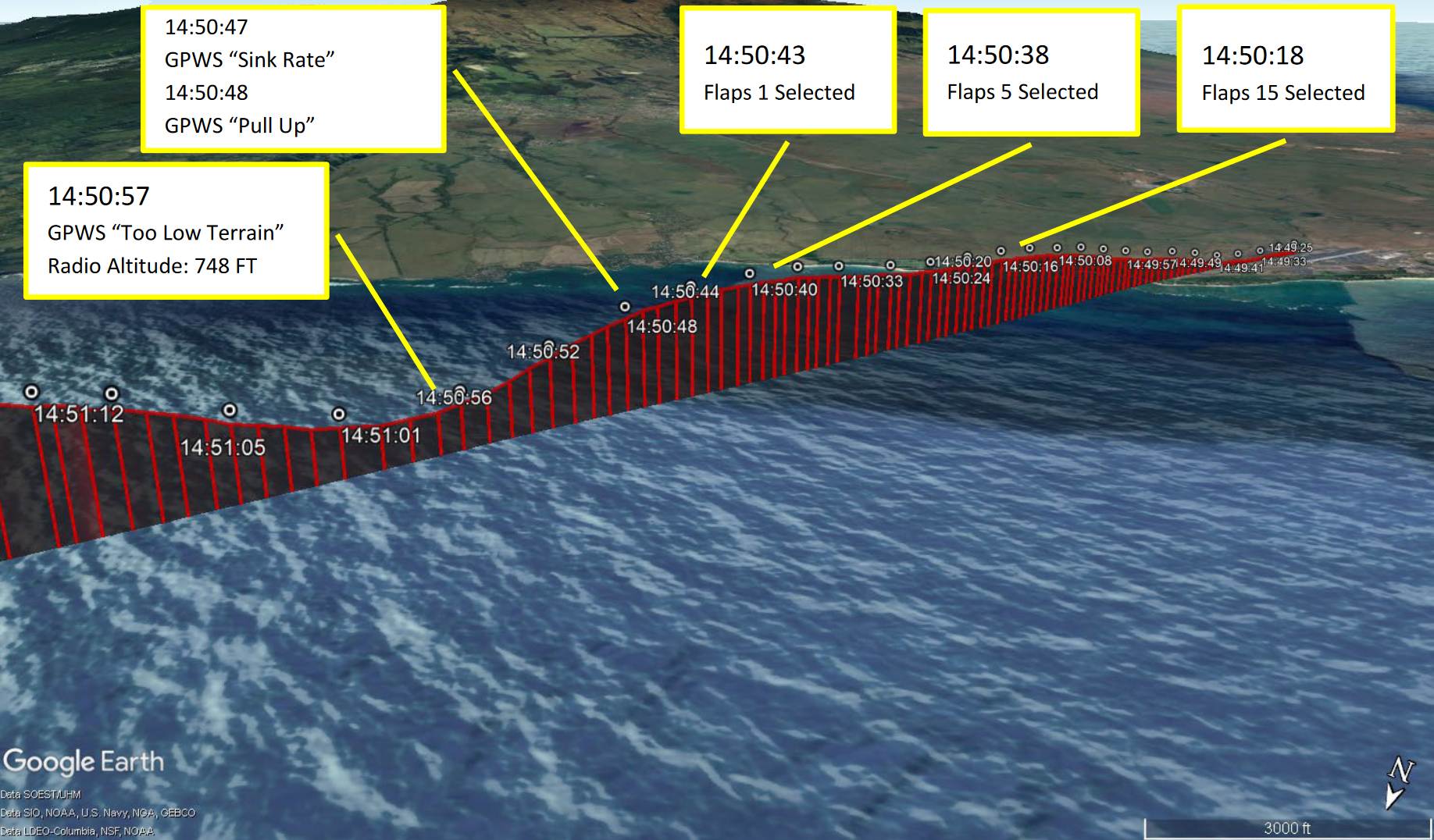
The flight’s captain later changed this to Flaps 20 and maximum thrust, because of low-level windshear advisories. This is how the crew departed. Then after encountering turbulence shortly after lifting off, the captain, who was pilot-flying, called for “flaps 5” as he lowered the nose.
The NTSB report shows that the United 777 first officer misheard the captain’s call, thinking he said “flaps 15”. Because of the higher-than-desired flap setting, the aircraft’s maximum speed (indicated in the captain’s display) was higher than expected.
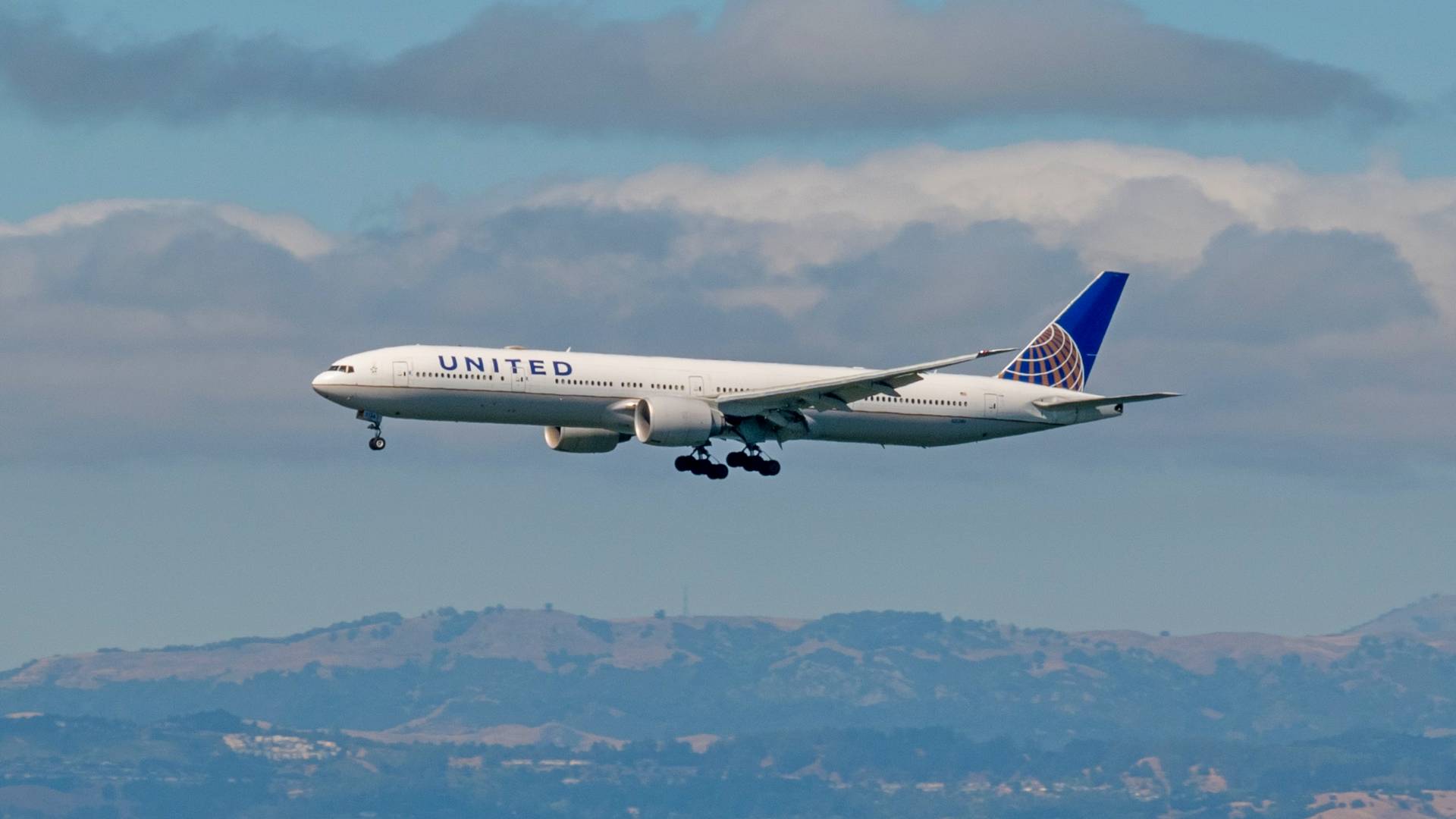
Recovery and Probable Cause
The captain then overrode the autothrottle, reducing thrust. He called again for “flaps 5”, after seeing which position the flap handle was in. The first officer selected Flaps 5 and soon thereafter Flaps 1, when the captain called for it.
However, the aircraft then started its descent. The NTSB investigation shows that the first GPWS “Sink Rate” warning came when the United 777 was at 1,848 feet. At its highest point in this upset, the sink rate got to 8,536 feet per minute.
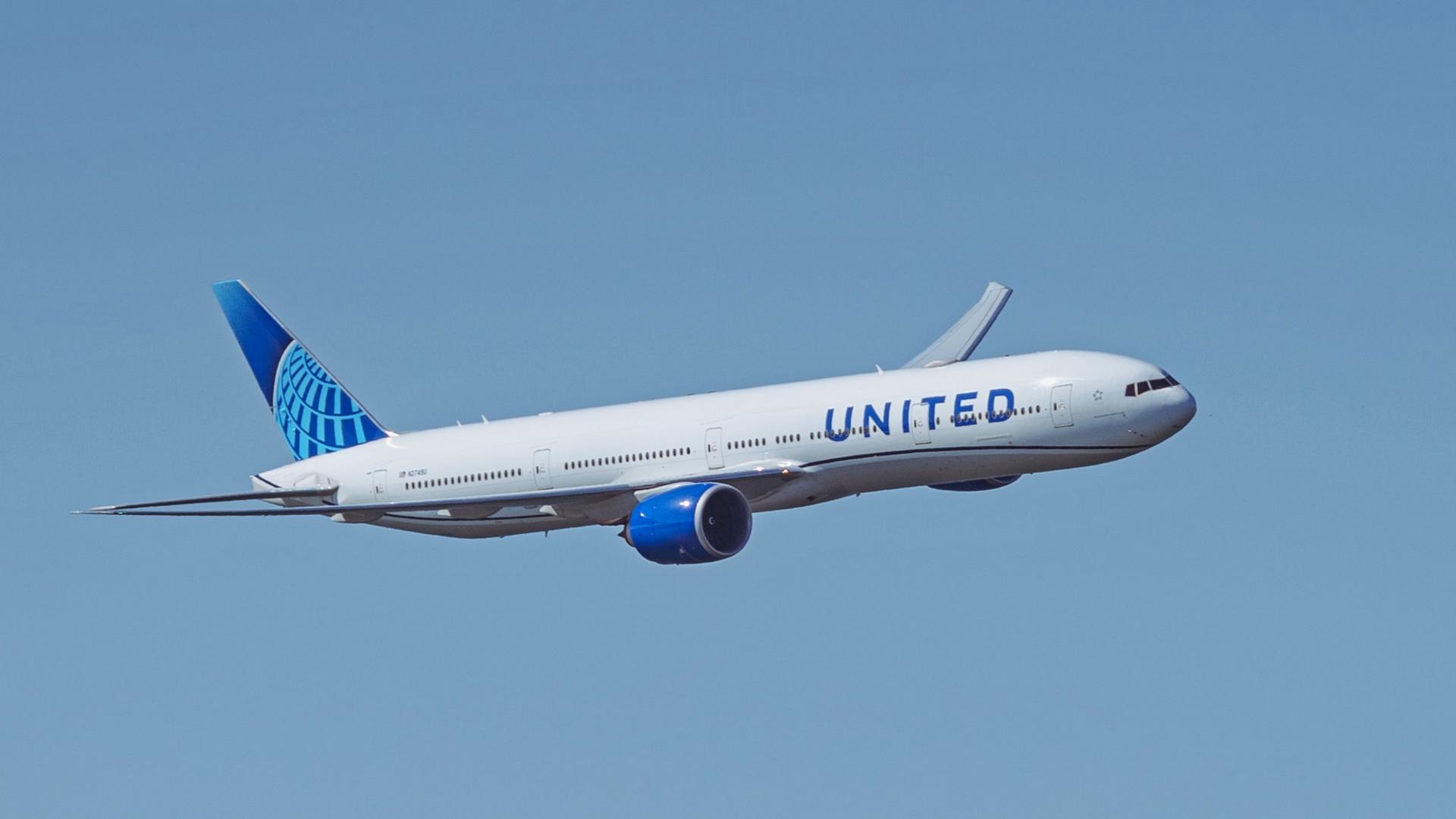
After descending to 748 feet (radio altitude) over the water, the captain pulled the aircraft out of the dive, with a maximum vertical acceleration of 2.66g. The maximum pitch angle as the aircraft climbed reached +23.42 degrees (its lowest during the dive was -16.74 degrees).
The rest of the flight was uneventful. According to the NTSB, the probable cause of the upset of this United Airlines Boeing 777 was “the flight crew’s failure to manage the airplane’s vertical flightpath, airspeed, and pitch attitude following a miscommunication about the captain’s desired flap setting during the initial climb”.
Contrary to some assertions, both pilots were experienced. The NTSB indicates that the United Captain (who was pilot-in-command) had 19,600 hours of flight experience, of which 5,000 were in the Boeing 777. The first officer had 5,300 hours total, however, just 120 of this was in the 777.




2 comments
Spyros Georgilidakis
The PIC had 5000 hours on type, not 500. The link to the report is just above your comment, the relevant information is on page 4.
Brandi
I read the final report, and it states that PIC had 500 hours on this type (not 5000). He was an experienced pilot but not experienced on this type.